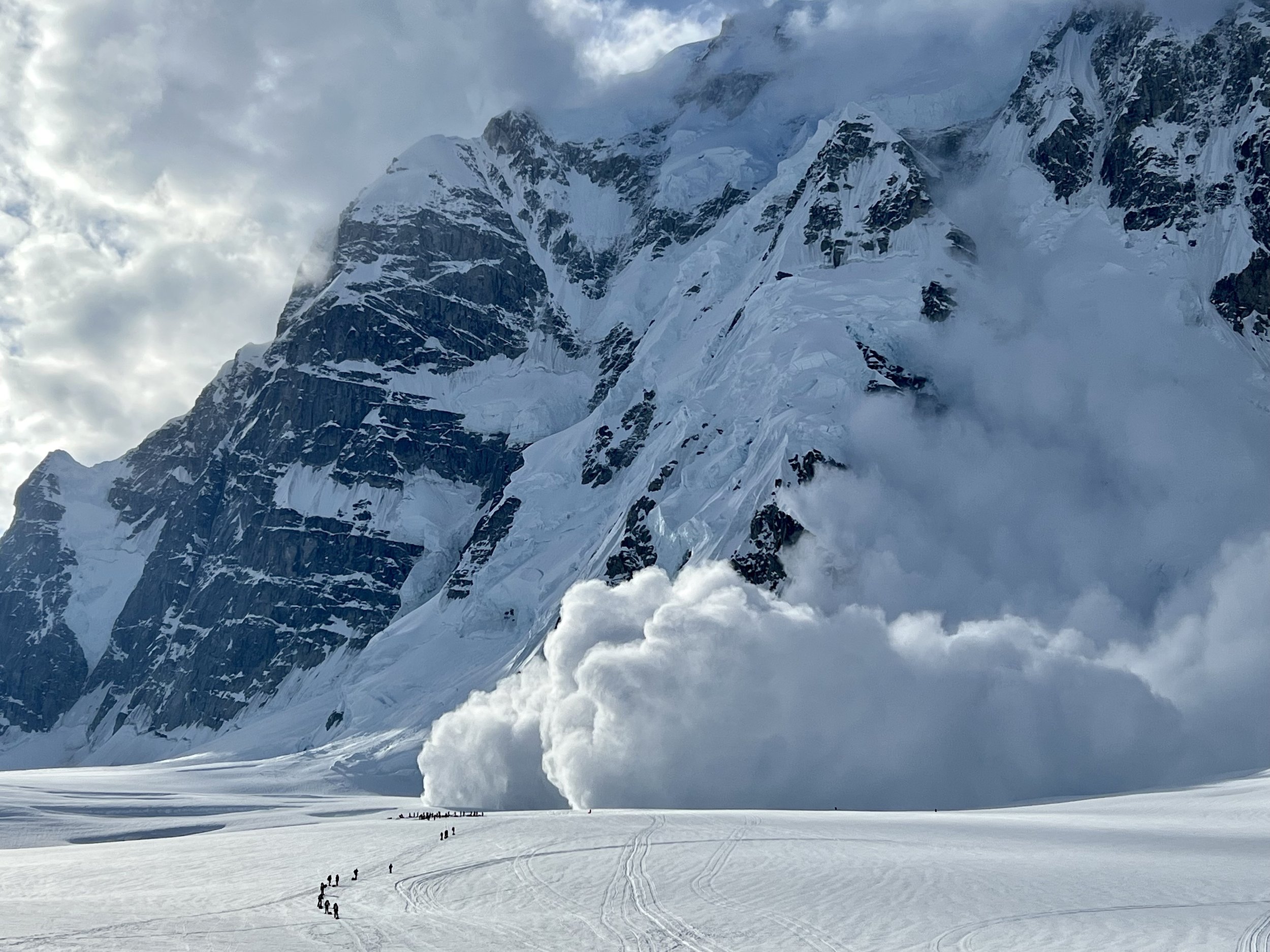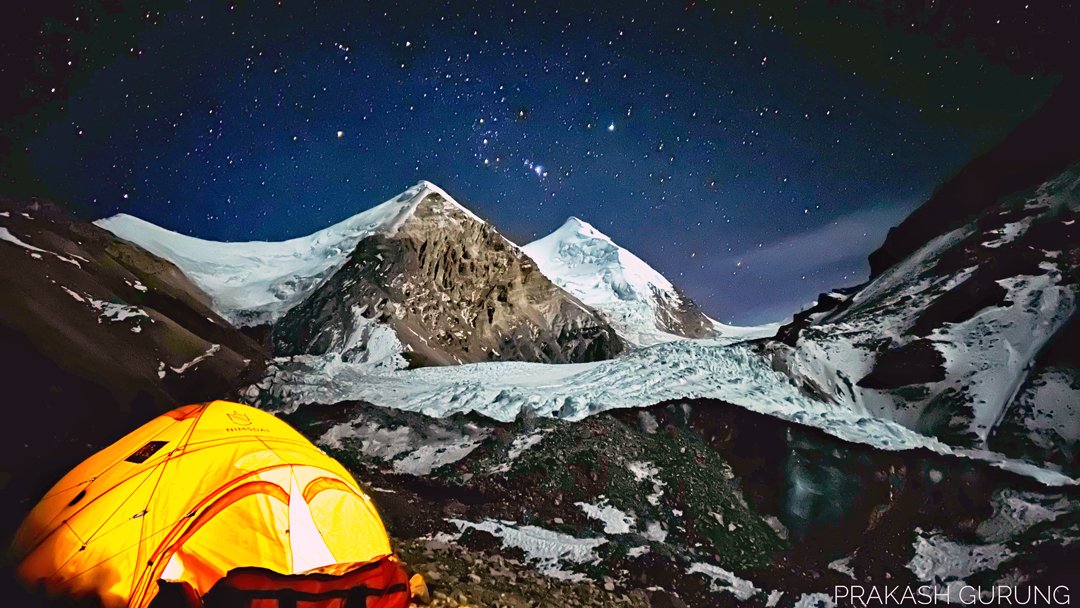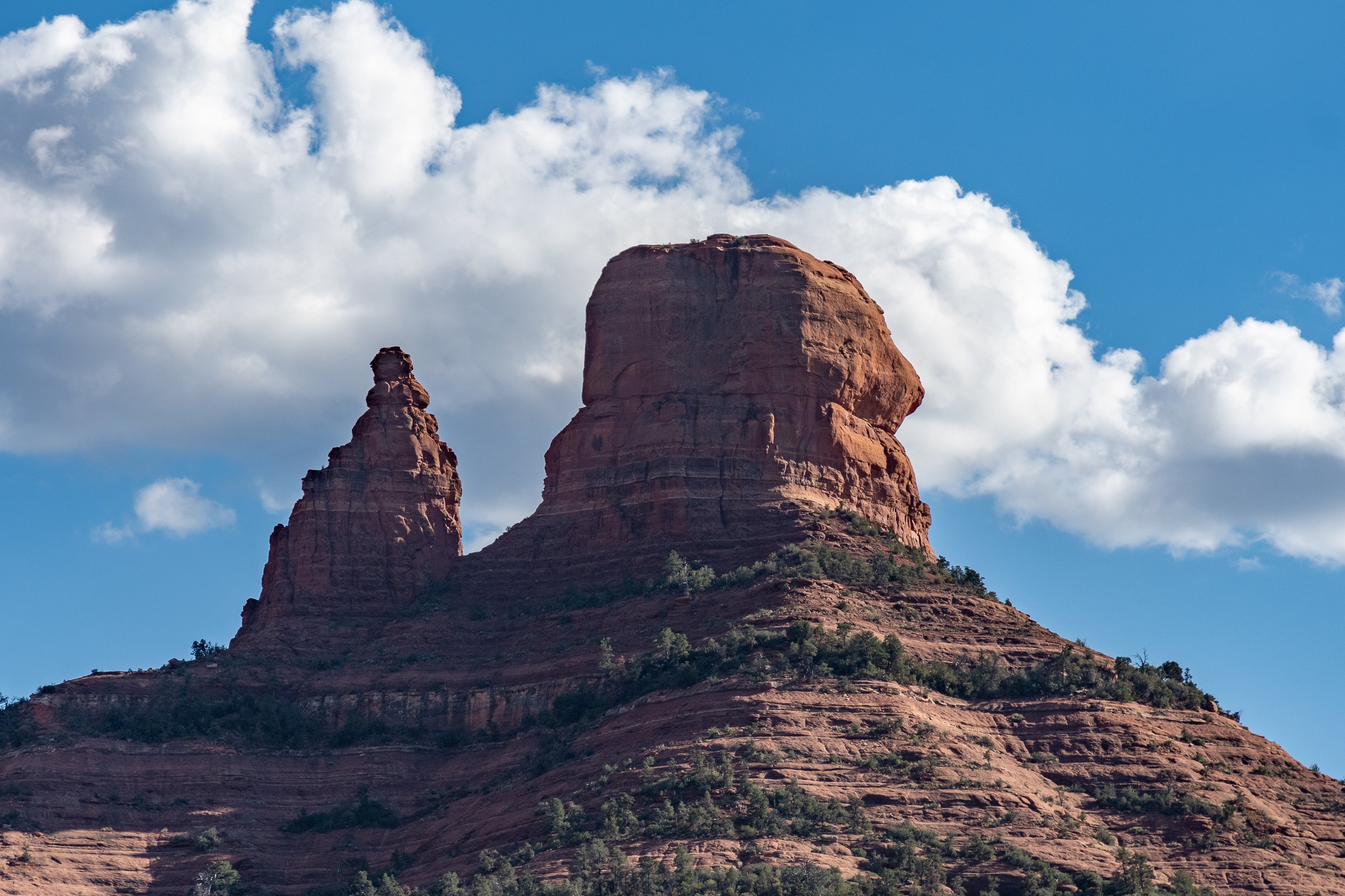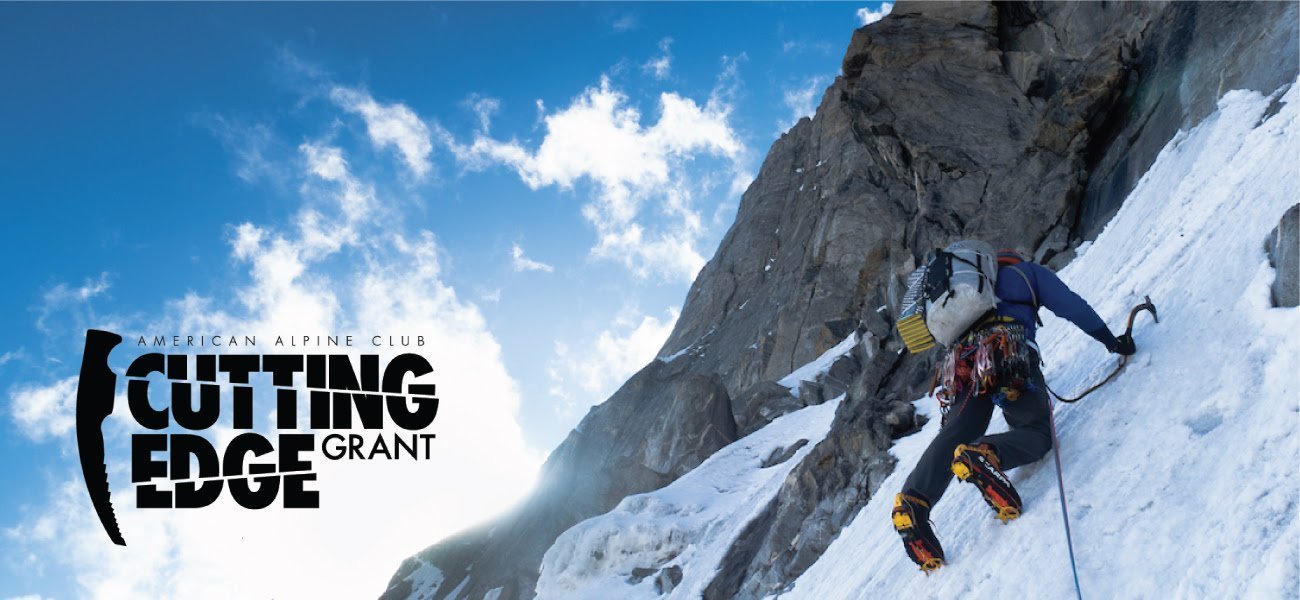Burch became interested in the idea that the city you're from—not just the culture–is reflected in the climber. In the book's PHLash section, he mixes photos from living in Philadelphia with climbing photos from the meetup.
Next, Burch changed their aperture, widened their depth of field, and traveled down to Atlanta, Georgia, to the southeast bouldering scene.
"[Bouldering in the southeast] is truly this perfect marriage of texture and shapes that force precise body positioning and control, mixed with the raw power to get through the fact that they're all just slopers disguising themselves as crimps," said Burch.
There, he participated in a meetup with the affinity group Unharnessed, an LGBT+ and allies climbing club. At this meetup, Burch was more of a wallflower; he had a couple of friends in the Atlanta area but was not a deep group member in the same way as Homoclimbtastic or PHLash. He listened in on the conversation between climbs and found it was not the idle talk that normally existed at the crag. People would talk about the climb or the person climbing, but then the conversation would shift to asking if anyone had extra food to put in the Atlanta community fridge or about the community resources near the gym. He was so struck by how focused the group was on building community through resources and knowledge.
It reminded him of a quote by bell hooks, "I think that part of what a culture of domination has done is raise that romantic relationship up as the single most important bond, when of course the single most important bond is that of community."
In their portrait section, Burch created a shallow depth of field, softening the background and pulling queer climbers to the forefront. Andrew Izzo is a crusher. He has recently sent Bro-Zone (5.14b) in the Gunks and Proper Soul (5.14a) in the New River Gorge and is a consistent double-digit boulderer based in Philadelphia. He only came out recently and is featured in Immaterial Climbing: A Queer Climbing Photography Zine. Burch thought that taking and publishing these photos of him almost served as a coming-out party. Izzo felt like there was no better way for him to come out. The intersection of being part of the queer community and part of the climbing community showed all of him. "That was a special moment in taking these photos, serving as a space for someone to embrace all of themselves," said Burch.



















